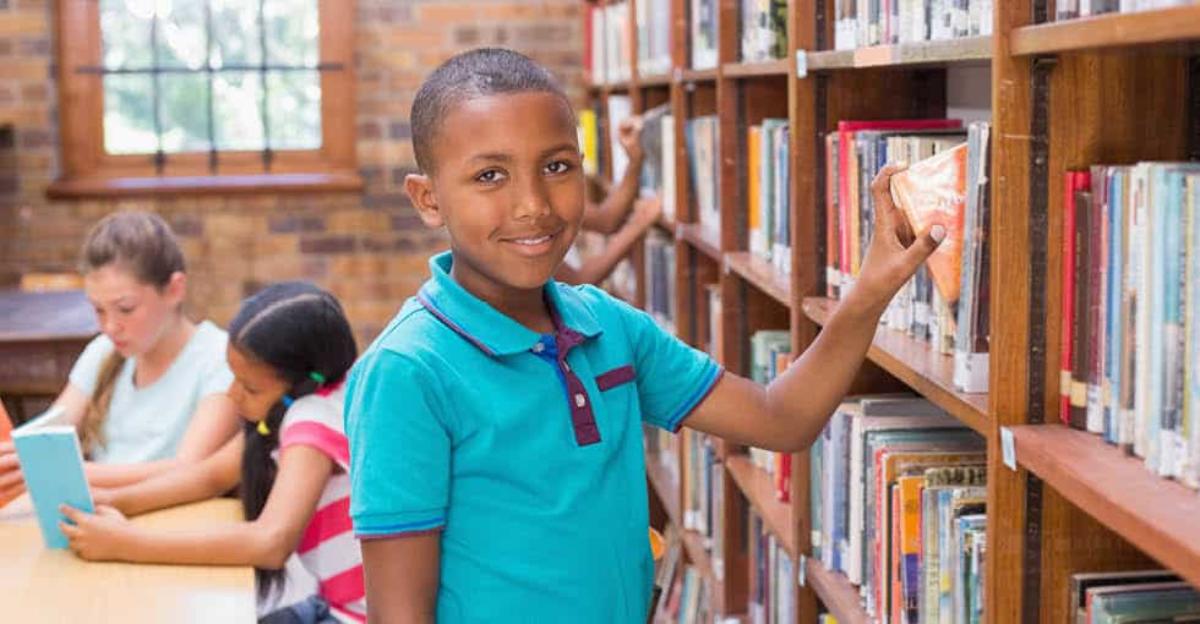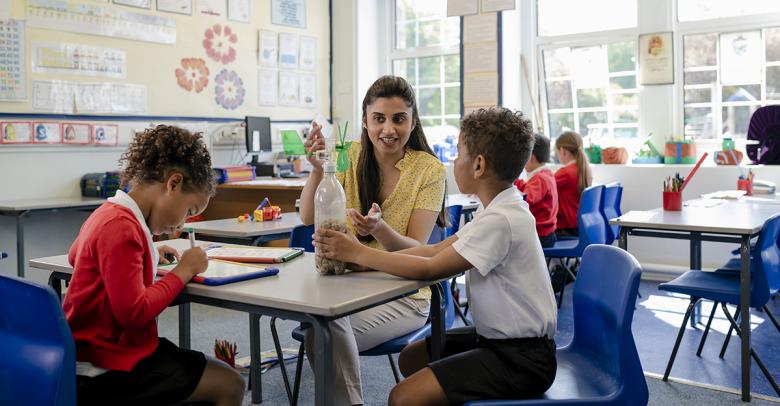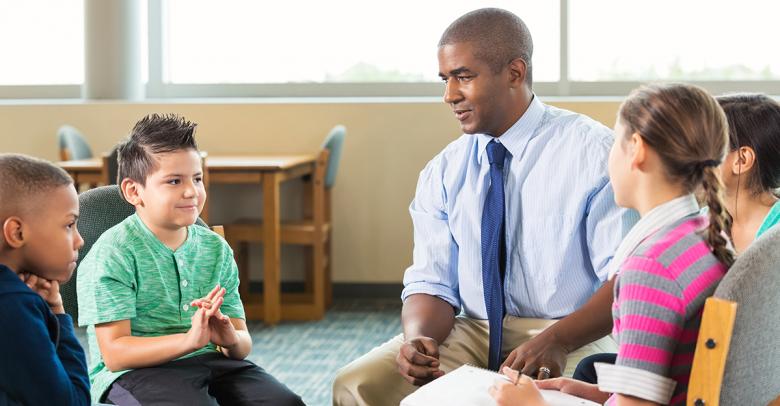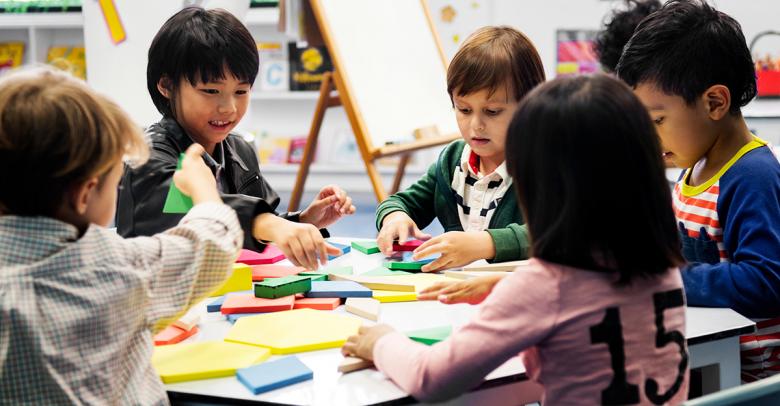As a necessary component of instructional space, classroom libraries are often the center of education. When created with purpose, classroom libraries can support every aspect of literacy instruction, including independent and partner reading, whole group instruction, guided reading, and differentiation.
A well-stocked, high-quality library will generate interest and motivation for reading, support differentiated instruction through better matching of students with texts, and provide the means to the practice necessary to develop reading skills. But building your library takes more than books and scheduled reading time. For an effective strategy that will benefit both you and your students, don’t forget these four essential components.
1. Start with a Clear Plan
What students are in your class? What are your reading goals? Select books that address skills that are part of a thematic, cross-curricular alignment, while engaging students at the appropriate reading level and text complexity, and meeting educational standards. The Journal of Language and Literacy Education provides several criteria for evaluating a classroom library. A few of the criteria include the need for a variety of genres, as well as adequate selections for children who may be reading above or below grade level. To start, there should be at least 10 books in the library for each student in the class.
2. Create the Best Physical Environment
What space do you have? How can it be maximized? Books should be arranged in an orderly fashion that makes searching convenient. Because your organization style should be flexible—as it’s likely to change based on the needs of your students and your instructional goals—each book should be clearly labeled and organized on shelves or in tubs. School Specialty’s Classroom Libraries includes exclusive self-contained storage bins with leveled reading labels for every book and a front bin label, which identifies the name and item number of the Classroom Library. Once your students have chosen a book, the area where the library is located should be inviting and comfortable to encourage reading.
3. Establish a Management System
What are the rules for using the library? How will you maintain it? Establish a process for checking out and determine how long students will be able to keep them. Post these rules in or near the library in a clear and concise manner. Consider asking your students to re-shelf the books when returned—this can shorten a time-consuming task, and teach the students reference skills they would use in a public library. To protect the longevity of your library, establish a procedure for evaluating old or worn books and when it is time to order replacements—and keep track of what books your students enjoy; it might help with selection down the road.
4. Integrate the Library Into Instruction
What are your instructional goals? How can the classroom library help meet them? While simply having a library is important for any classroom, full utilization of the library means incorporating those books and resources into daily instruction and lesson planning. Marygrove College states that library materials should relate to every aspect of your curriculum. Students should have access to relatable texts, which provide relevant experiences and represent a diversity of characters, settings, and stories reflective of society. The rewards are great: a truly diverse collection of books can turn children into lifelong readers and promote empathy, understanding, and self-confidence.






Leave a Reply